If you need a new heating system in Quakertown, there are quite a few options to choose from. But before we can talk about the differences between boilers, furnaces and geothermal systems we need to understand how they work.
How is geothermal heating different from a boiler or furnace?
- No fuel required, unlike boilers and furnaces that rely on oil or gas combustion, geothermal systems tap into the Earth’s consistent underground temperature (around 55 °F) for heating and cooling.
- Energy from the ground, a liquid (like water or an antifreeze mix) circulates through buried loops where it either absorbs heat from the Earth or releases indoor heat into the ground.
- Heating and cooling using the same principle, in winter, the system draws warmth from the ground to heat your home; in summer, it reverses the process to cool your home by transferring heat back into the ground.
- Only electricity needed for operation, the only energy used is for running the heat pump that moves the liquid and the air handler that distributes conditioned air throughout your home.
How a Boiler Works
Boilers, like most traditional heating systems, require a fuel source, normally oil or gas, which is combusted in exchange for heat. In the case of a boiler, that heat is transferred to water that is circulated to radiators in each room where the heat from the water is expelled into the air.
How Furnaces Work
With furnaces, the heat generated by the burning of fuel is transferred to a piece of metal called a heat exchanger. The furnace blows cool air from the house over the heat exchanger which warms the air and it is then delivered to the rest of the house using a series of ducts.
How Geothermal Systems Work
A geothermal system uses a pump to circulate liquid, sometimes water or a mixture of anti-freeze and water, into the ground where it is either heated or cooled—depending upon the needs of the people in the house. This process makes geothermal technology unique, and you can explore further in our guide to geothermal environmental benefits.
The Differences between Boilers, Furnaces and Geothermal Systems
The main difference between a geothermal system and a boiler or a furnace is that it doesn’t require any kind of fuel source. The energy for the geothermal system is actually in the ground. If you dig about 10 feet into the ground, the temperature of the soil stays at an almost constant 55° F no matter what the temperature of the air is above it. When the air in the home needs to be cooled, a geothermal system absorbs the heat from the air and transfers it into the ground. Learn more about why cooling with geothermal systems is so efficient and sustainable. When the home needs to be warmed, the process is reversed: heat from the ground is absorbed by the liquid in the pipes and transferred to the air in the home.
The only energy being used is the electricity to run the heat pump that circulates the liquid in the pipes and the air handler to distribute the conditioned air. This is why homeowners often see major savings—discover how a geothermal installation saves energy compared to conventional heating systems.
Frequently Asked Questions
Question: How does a boiler heating system work?
Answer: A boiler burns fuel like oil or gas to heat water. That hot water is then circulated through radiators or pipes, which release warmth into the rooms.
Question: How is a furnace different from a boiler?
Answer: A furnace burns fuel to heat a metal heat exchanger. Air is blown across this exchanger and then distributed through ductwork to warm the living spaces.
Question: What makes geothermal heating fundamentally different from boilers or furnaces?
Answer: A geothermal system doesn’t burn fuel, it uses the stable temperature of the ground to exchange heat. A liquid circulates underground via a heat pump, extracting warmth in winter or storing heat in summer, using only electricity to power the pump and air handler.
Question: Why is the ground a reliable source for geothermal heating?
Answer: At about 10 feet below the surface, the ground maintains a nearly constant temperature year-round, around 55°F, making it an efficient source to absorb or release heat regardless of outdoor air conditions.
If you’d like to learn more about installing a geothermal system or to see if your property in Quakertown can support one, call Carney Plumbing, Heating & Cooling today.


 The winners are:
The winners are: